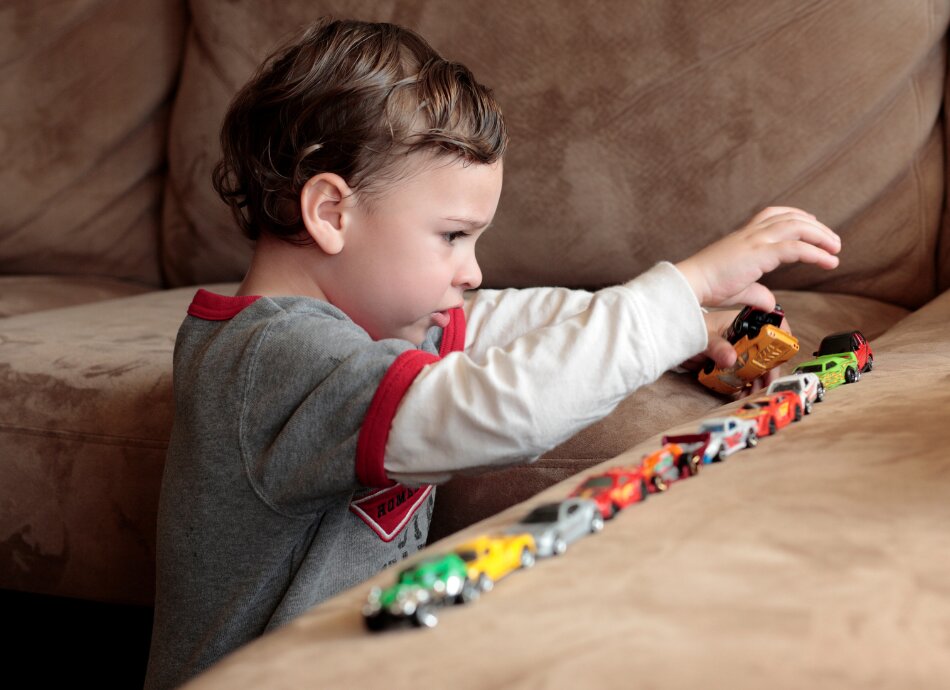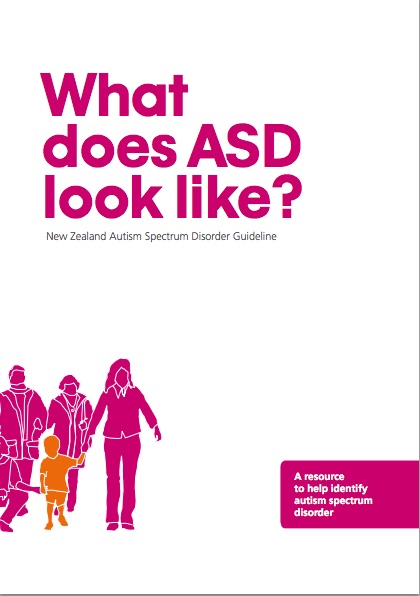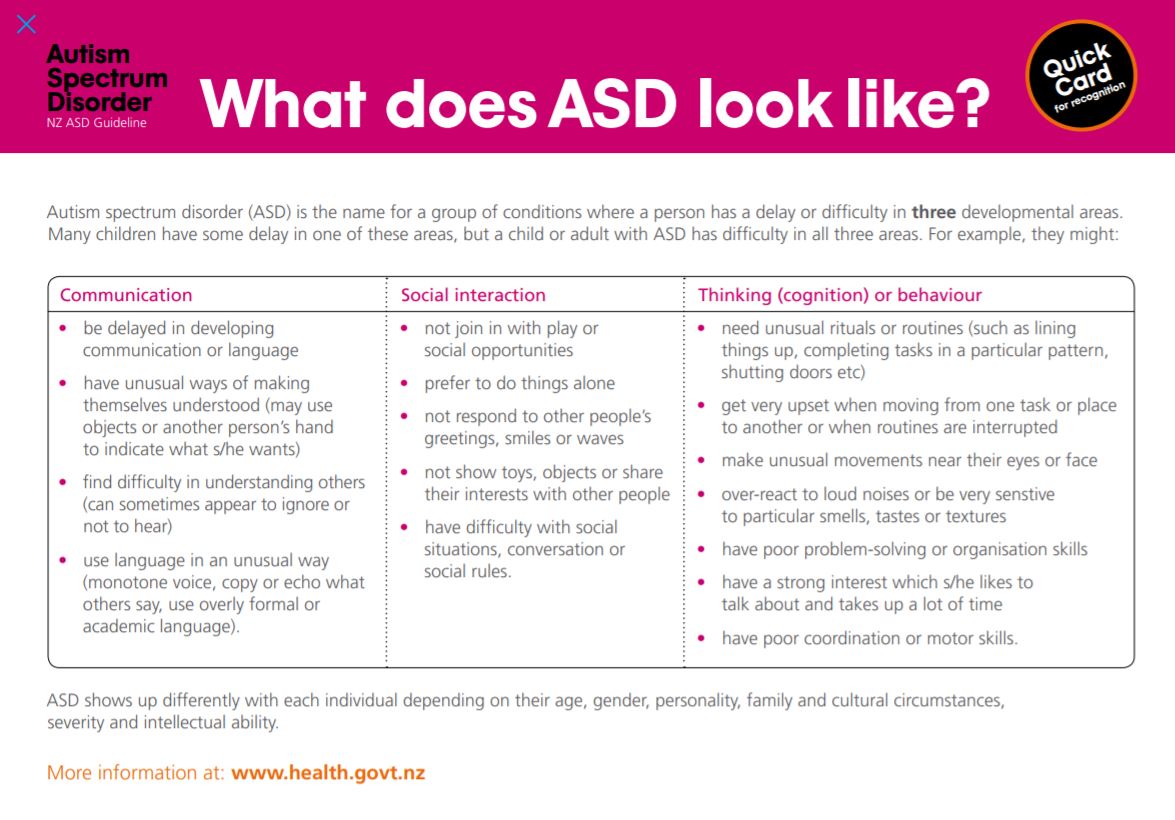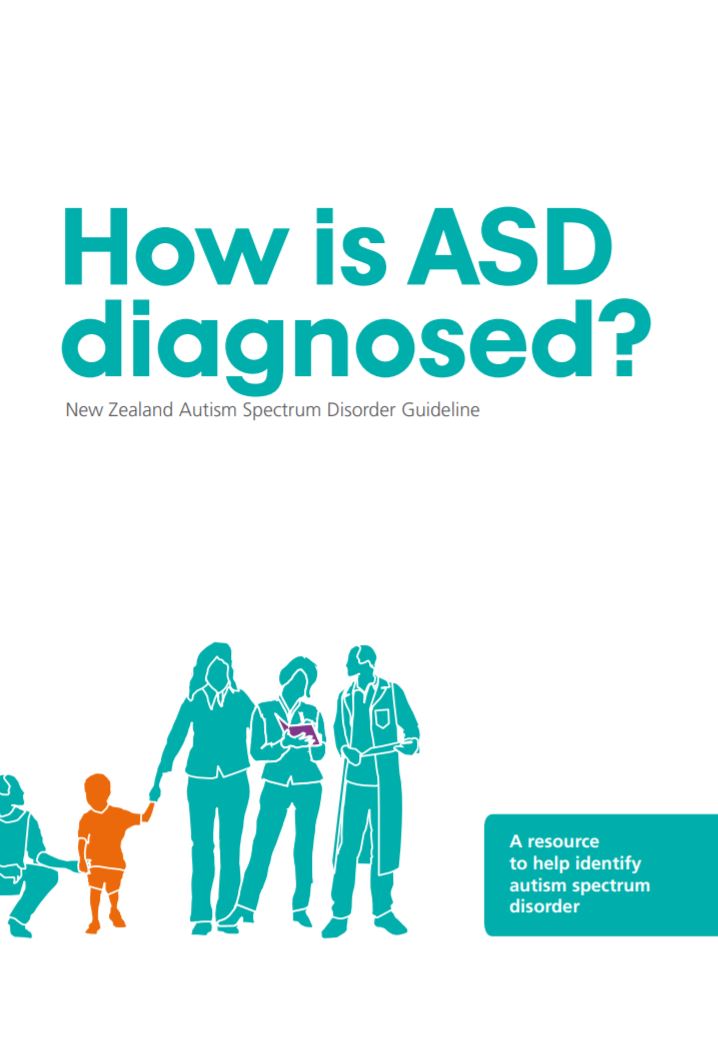Video: Amazing kids
In this animated film (5 minutes 13 seconds), you can listen to children from different backgrounds share their unique experiences of the autistism spectrum in their own words. This video may take a few moments to load.
(Amazing Things Project, UK, 2020)
Video: We are autistic
In this video, five people tell their own accounts of what it is like living as an autistic person. This video may take a few moments to load.
(NHS, UK, 2021)
Video: Autism: Life in Lockdown
Adrian tells us how he has adjusted to life during a pandemic as an autistic person. This video may take a few moments to load.
(NHS, UK, 2020)
Video: Lucy's story
Watch Lucy's story about her experiences with living with autism spectrum disorder, ADHD and Asperger's Syndrome. This video may take a few moments to load.
(Autism New Zealand, NZ, 2020)
Watch more videos about children's voices about their experience of the autism spectrum at Kids Health NZ(external link)(external link) and at NHS, UK(external link)(external link)









